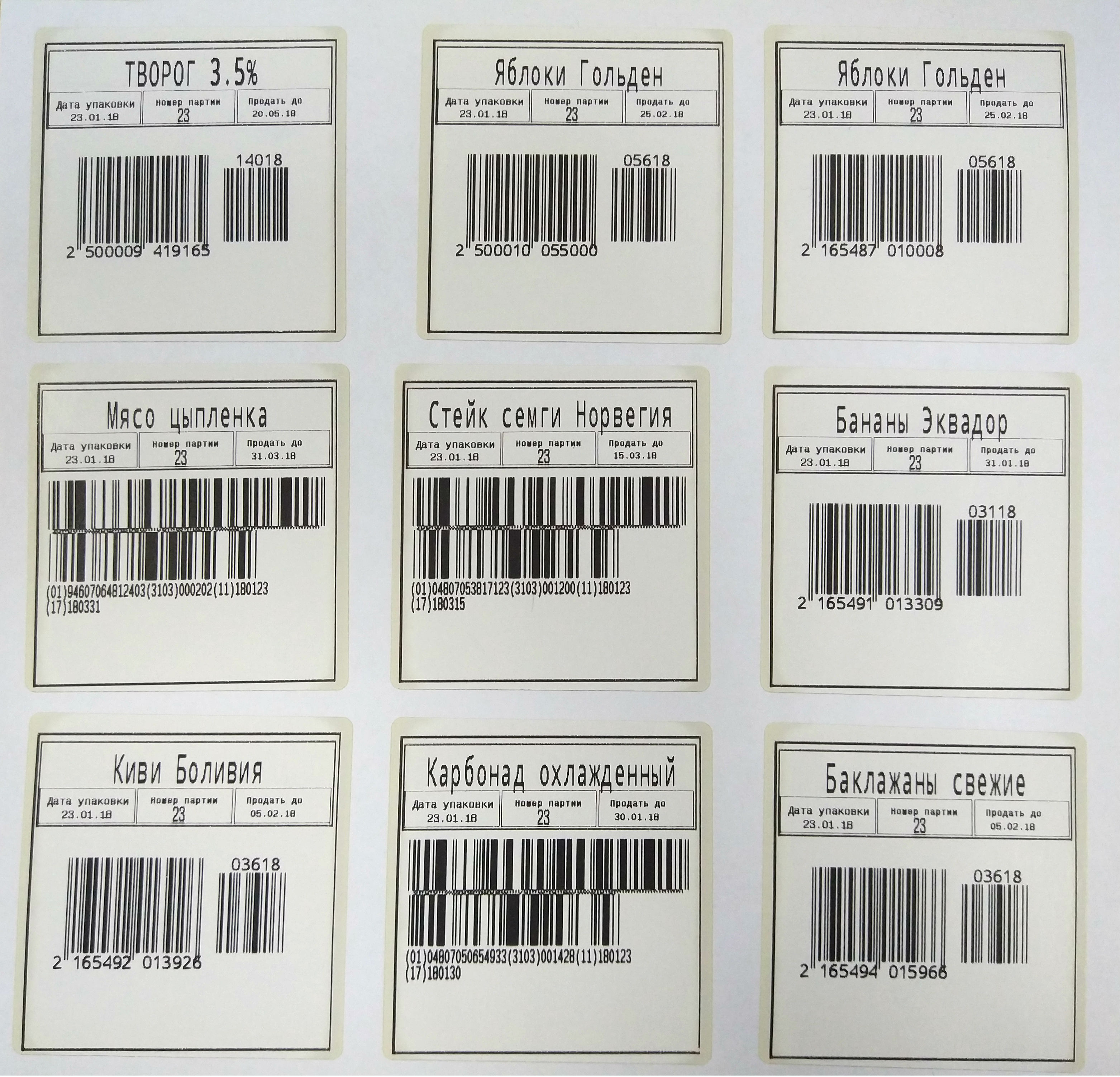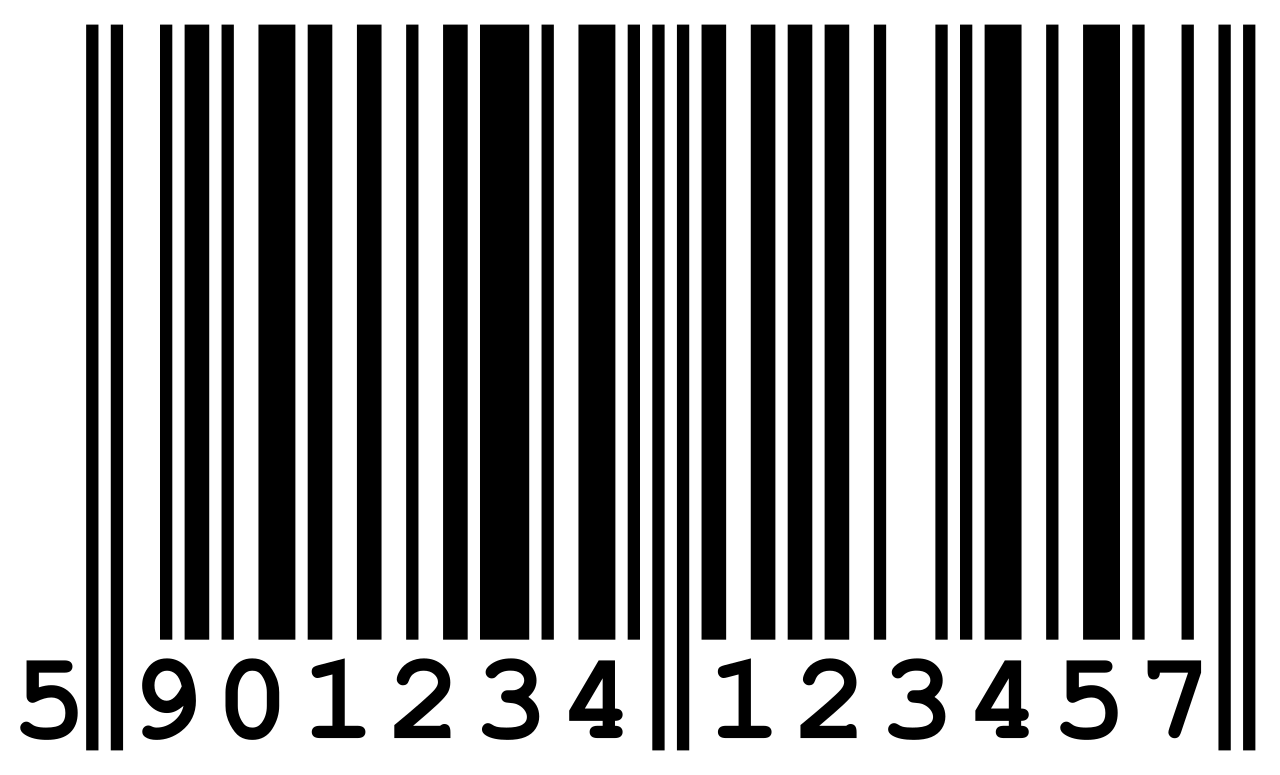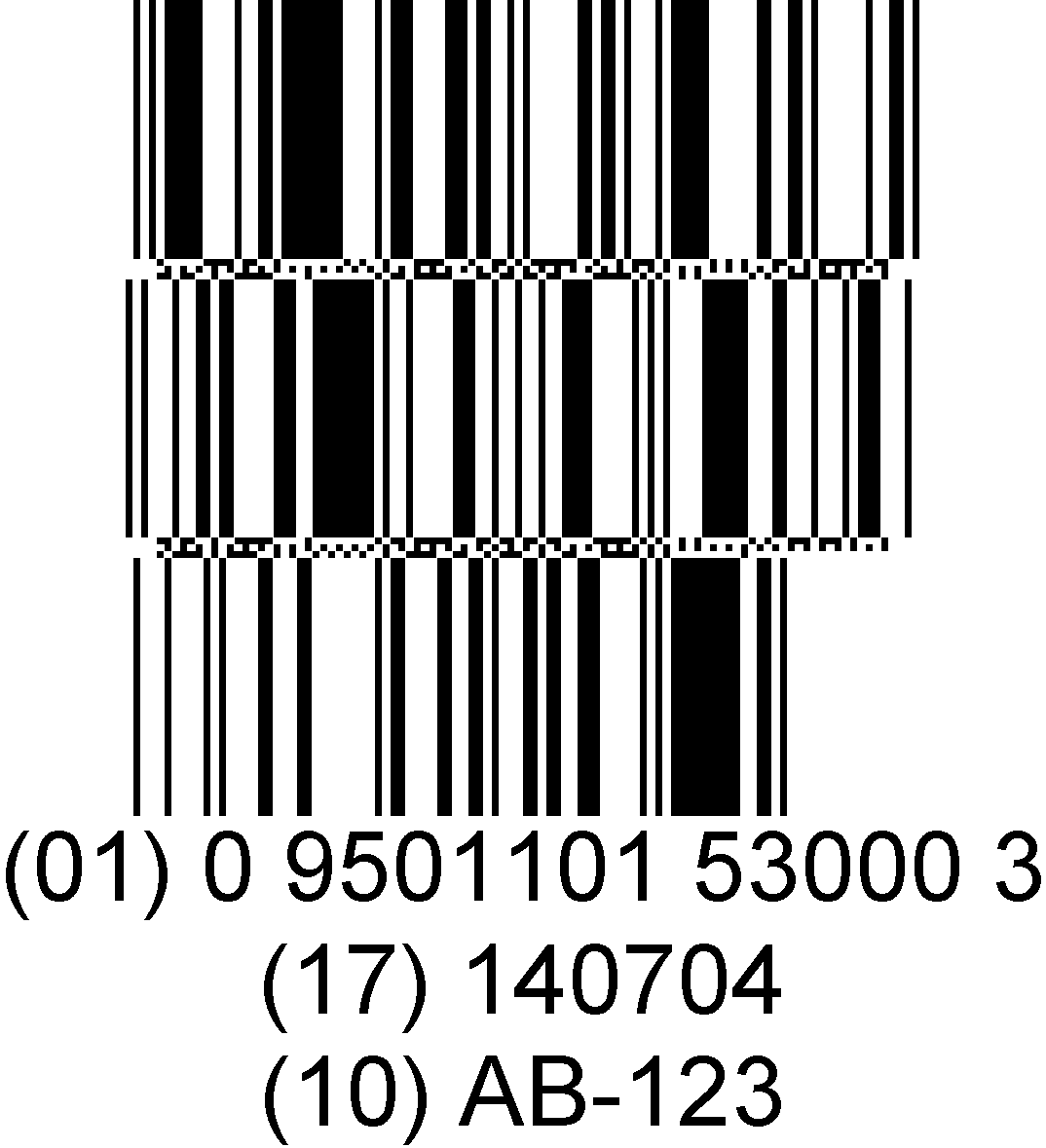Scales and barcodes: How retailers and manufacturers ended up in a deep ... puddle

The desire to comply with European standards has long seized Russian producers and sellers of food. Most often, this desire is aimed at attracting and retaining customers. One of its manifestations: an attempt to provide the maximum amount of information about a product, so that the client, without the help of a consultant, understands what he is buying. This trend has led to the fact that in Russia in the last couple of years the requirements for bar codes placed on product labels have changed significantly.
How have barcodes changed
Previously, sellers and buyers were content with the standard linear bar code EAN 13, which transmitted the following data:
- the country code that assigned the code to the manufacturer (this is not necessarily the country where the product was manufactured);
- manufacturer code;
- product code;
- check digit;
- right clean zone indicator.

')
However, today this information is not enough. As a result, the EAN 5 (EAN 13 + 5) bar code was gradually added to EAN 13, so the product attribute was also indicated on the label, including the expiration date.

And in 2017, a new trend emerged: the barcode format began to change to DataBar Expanded Stacked, which is EAN 13 and EAN 128. Thus, such information is now encoded as:
- weight of the goods;
- date of manufacture;
- batch code of the manufacturer;
- volume

But, returning to the topic of the article, it is not clear, but why did retailers and manufacturers of products with bar code changes have problems? It's simple: this process will directly affect the marking equipment, including scales with the function of check printing, which can be seen in almost any more or less large store. In practice, it turned out that the models of devices that entered the market five years ago and more, with their internal microcode, memory size and stack, would be more costly for a vendor than to release new scales to match the changed requirements.
The exceptions are some models of premium self-service scales , built on the basis of a personal computer. They can print almost any barcode. But this is not a panacea for two reasons: firstly, such devices are very expensive, and secondly, they are not put on production - the scales simply will not withstand the volume of tasks. After all, they are designed for a small amount of change of check printing tapes per day, and not for full load 24 hours a day.
What is important, soon new bar codes will have to be used from the point of view of legal requirements. On July 16 of this year, new rules for labeling milk-containing products will come into force in Russia. According to insiders, the milk will be marked using DataBar Expanded Stacked. Accordingly, if you want to sell milk-containing products, you should label them in an appropriate manner.
What does the manufacturers of products
Most often, the task of labeling goods with bar codes is given to retailers at the mercy of food manufacturers. The exceptions are stores selling their own products. Thus, it will be necessary to improve the scales, including small farms that supply stores, for example, dairy or meat products. Given their relatively small volumes, a surprise with bar codes will be unexpected and costly.
Most of the time, small productions that want to appear on the shelves of large retailers acquire inexpensive check printing overseas push-button scales. Unfortunately, the filling of the majority, even of new models of such devices, will not allow software to modify them to meet the new requirements for bar coding. And without that small amount of memory is fully involved in working with the popular nomenclature, and simply will not give the opportunity to add additional bar codes. Most often, inexpensive check printing printing scales today are able to work only with EAN 13 or EAN 128.
Quite different is the situation with expensive or completely new scales with the function of check printing. In order to modify them to meet the requirements, it will be enough to request a new firmware code from the supplier or the partner representing him. In this case, the software logic will not change, and experts will simply complement the base of bar codes.
As for the old scales (released five years ago and more), it is unlikely that manufacturers will change their firmware. It is much more likely that they will release new models of scales, able to print the changed bar codes. This is especially true for Asian manufacturers. They quickly change the line of equipment, but from time to time they release quite raw devices, which are then extremely difficult to set up. European brands usually do not allow this to themselves, but they have to wait much longer to update the line.
Another way out
However, the purchase of new scales is not the only way out in this situation. This problem can be solved differently. Enough to use check-printing printer - as a semi-standard, connected directly to a PC, and a mobile check-printing printer. Its label design functionality is richer than the functionality of any check-printing scales. It is easy to synchronize the printer with any trading scales (provided that they are equipped with a COM port), which can be cheap, the main thing is that they can send information to the outside. It is most convenient in this case (especially for small productions) to take small platform scales with the third accuracy class, very compact, small tonnage. Among them, Mettler Toledo Viva, Dibal DPOS400 , CAS BW.

They can be directly connected to the printer or developed a bundle using a PC. In label design software, such as BarTender, ZebraDesigner, create the label you need: with all the necessary bar codes, additional information about the product, tips on how to prepare it, indicating the necessary additional ingredients, or information about store promotions. In this case, you get a well-readable print with a logo, certification marks, quality confirmations and doptext.
Source: https://habr.com/ru/post/347340/
All Articles